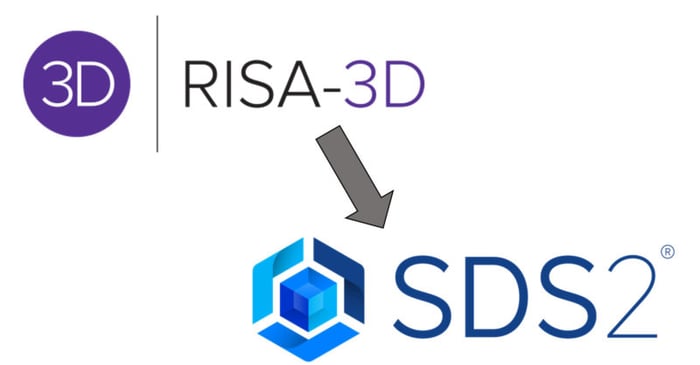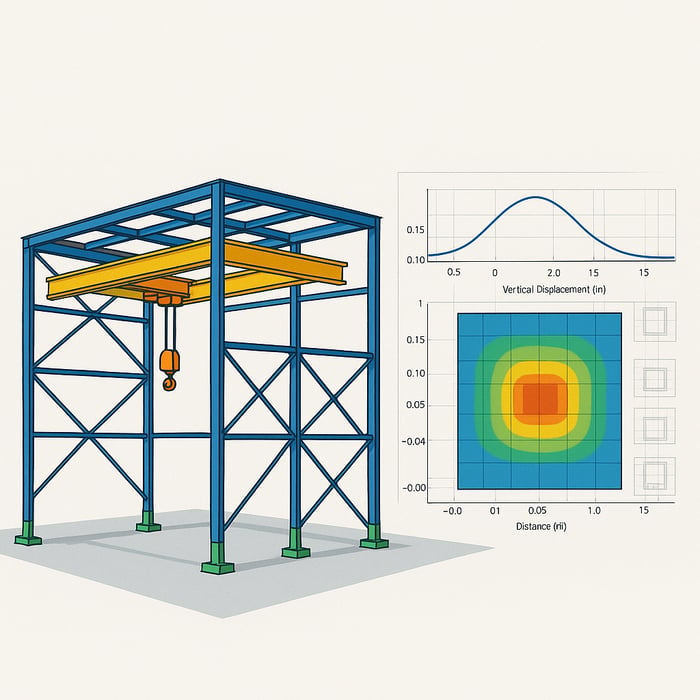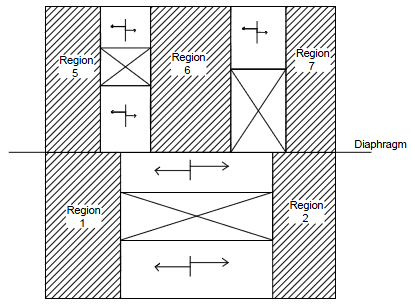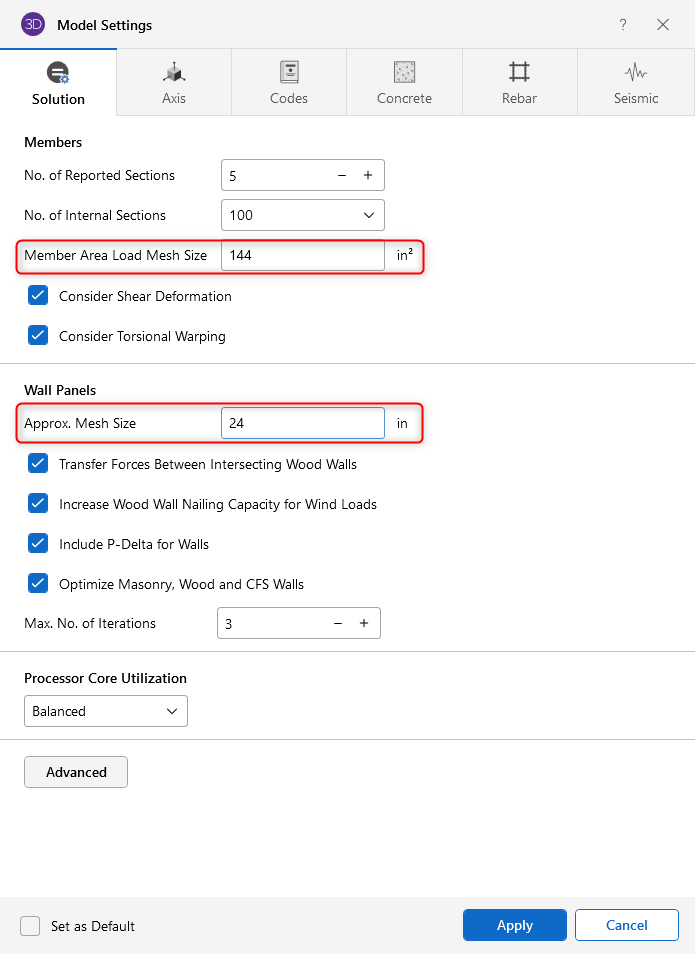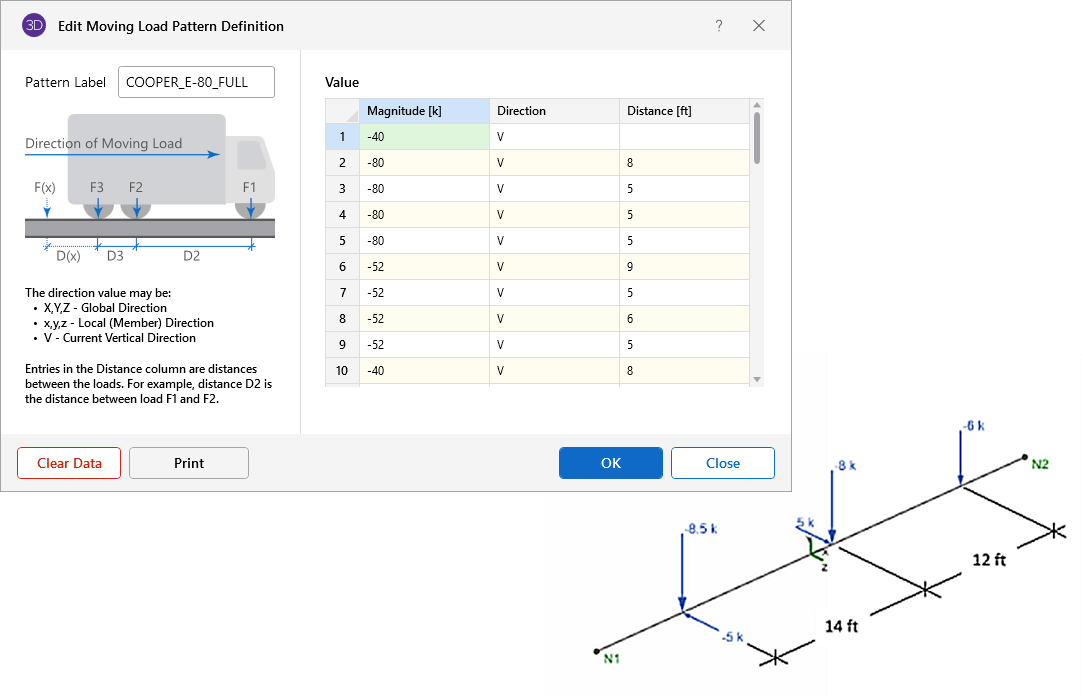July 17, 2025
How RISA-3D Handles Wall Surface Loads at Openings
When designing shear walls in RISA-3D, it’s common to add surface loads—whether to simulate lateral wind or seismic pressures, or even out-of-plane loads. But what happens when those loads intersect with openings in your wall panels? Let’s walk through exactly how RISA-3D handles this scenario...




